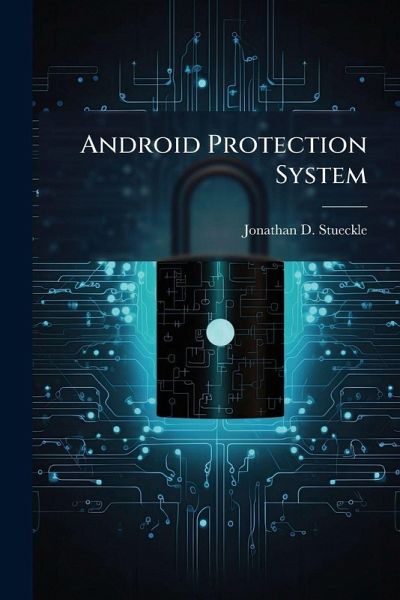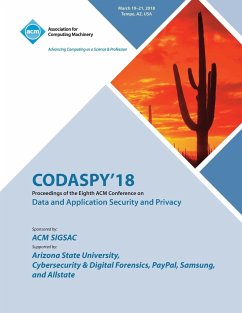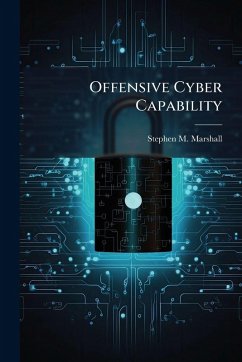
Android Protection System

PAYBACK Punkte
8 °P sammeln!
This research develops the Android Protection System (APS), a hardware-implemented application security mechanism on Android smartphones. APS uses a hash-based white-list approach to protect mobile devices from unapproved application execution. Functional testing confirms this implementation allows approved content to execute on the mobile device while blocking unapproved content. Performance benchmarking shows system overhead during application installation increases linearly as the application package size increases. APS presents no noticeable performance degradation during application execu...
This research develops the Android Protection System (APS), a hardware-implemented application security mechanism on Android smartphones. APS uses a hash-based white-list approach to protect mobile devices from unapproved application execution. Functional testing confirms this implementation allows approved content to execute on the mobile device while blocking unapproved content. Performance benchmarking shows system overhead during application installation increases linearly as the application package size increases. APS presents no noticeable performance degradation during application execution. The security mechanism degrades system performance only during application installation, when users expect delay. APS is implemented within the default Android application installation process. This work has been selected by scholars as being culturally important, and is part of the knowledge base of civilization as we know it. This work was reproduced from the original artifact, and remains as true to the original work as possible. Therefore, you will see the original copyright references, library stamps (as most of these works have been housed in our most important libraries around the world), and other notations in the work. This work is in the public domain in the United States of America, and possibly other nations. Within the United States, you may freely copy and distribute this work, as no entity (individual or corporate) has a copyright on the body of the work. As a reproduction of a historical artifact, this work may contain missing or blurred pages, poor pictures, errant marks, etc. Scholars believe, and we concur, that this work is important enough to be preserved, reproduced, and made generally available to the public. We appreciate your support of the preservation process, and thank you for being an important part of keeping this knowledge alive and relevant.












